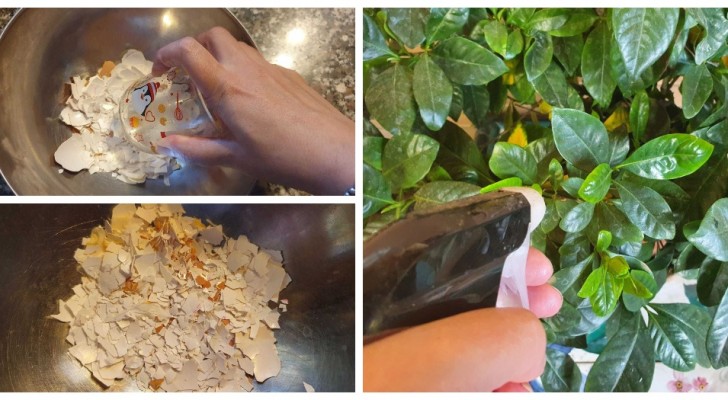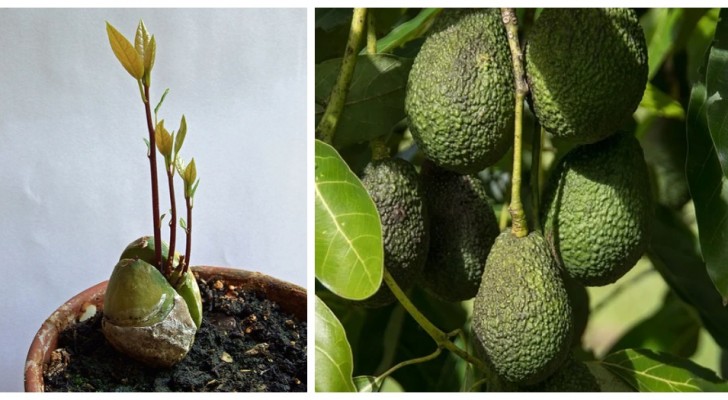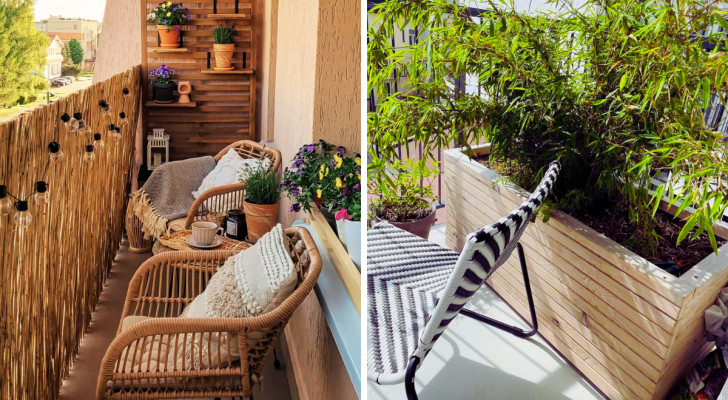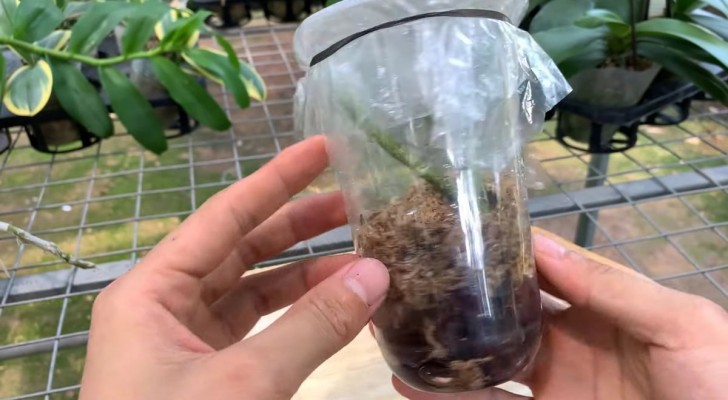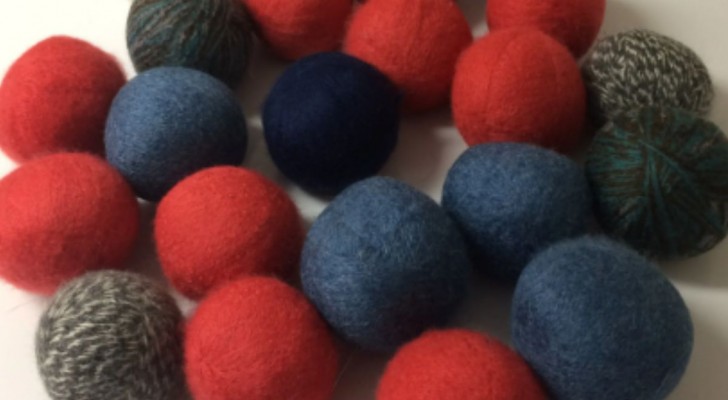Pressed flowers: Follow these simple steps to preserve your favorite flowers for a long time
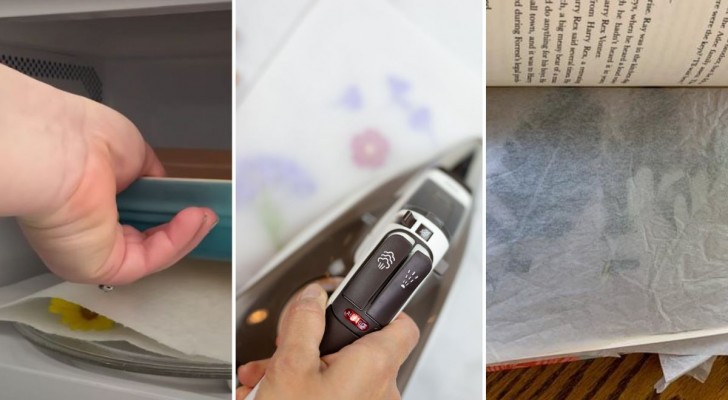
A bouquet of flowers, a bunch for an important occasion, or sometimes, just a little flower of a field which reminds us of a special moment: there are many cut flowers that we place in our homes every day and that we wish would last forever. Drying them might be the first option we think of, but dried flowers often lose their colors and become very brittle and prone to damage.
So what can we do if we want to keep a special floral memory? There is a technique that can be easily done, even by those unfamiliar with the technique: pressing. Let's find out together how to do this at home:
1. What flowers to use
Not all flowers are suitable for pressing: in fact, some fundamental factors such as freshness and humidity must be taken into account when choosing flowers. It is therefore be preferable to choose already cut flowers that are still fresh, taking care to remove all the parts that are already withered. If you collect wildflowers, select flowers on the verge of blossoming or at the peak of their bloom and collect them in the late morning, when the dew of the night has evaporated.
The easiest flowers to press are naturally flat ones such as daisies, violets or leaves. If you choose flowers with a prominent stamen, take care to remove it to prevent the pollen from leaving stains. Dense flowers, like roses or carnations, will take longer to press properly.
2. Materials
A few easily-available materials are needed for pressing flowers: sheets of newspaper and blotting paper, photocopy paper, untreated tissue paper, thin cardboard or any other material that will absorb humidity. As far as the tools to be used for pressing, special wooden presses can be purchased, but homemade presses can be made for almost zero cost.
3. Microwave pressing
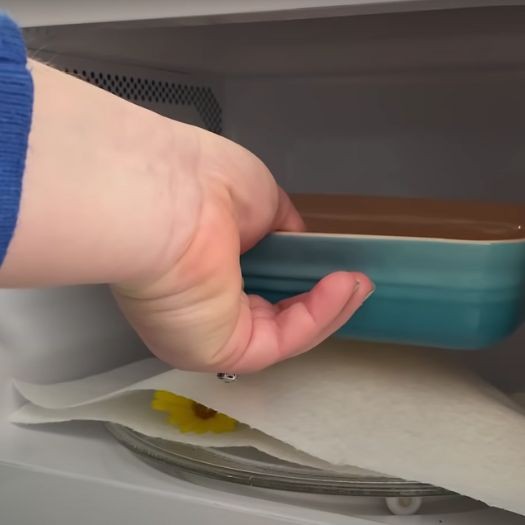
Microwave pressing allows you to get great results in a short time (although the high heat may turn the petals brown). To avoid this happening, proceed with the heating the flowers gradually: for no more than 30-60 seconds per session, and allowing the flowers to cool down between each session.
There are specific presses available for microwave pressing, but you can easily make your own at home. If you have some ceramic tiles, you can put the flowers between two sheets of blotting paper, add a piece of cardboard on each side and finally place everything between two ceramic tiles (that you will keep together using two rubber bands). If you don't have any tiles, there is an even simpler method: insert the flowers between two sheets of absorbent paper and place them directly on the glass rotating plate in the microwave, placing a ceramic baking dish on top of them. Set the microwave to the highest setting and start with a one minute heating. Check after each heating and continue in 30 second sessions until the flowers are flat and dry to the touch.
4. Pressing with an iron
This method is also pretty quick. Prepare the flowers by placing them on two sheets of absorbent paper and flattening them under a heavy book. Then take the iron - set to the minimum temperature and without water in the tank. Then press the iron onto the absorbent paper for 10-15 seconds, then letting it cool and repeating this operation. Regularly check the degree of dryness of the flowers. The operation is finished when the flowers appear flat and dry to the touch.
5. Pressing with a book
Pressing with a book is the classic of home pressing methods: who amongst us has never preserved a flower or a leaf between the pages of a book? This is perhaps the simplest technique, but certainly the longest. In fact, it will take two or three weeks for complete drying. There are two ways to go about this technique. In both cases, check the condition of your flowers after a week and continue making weekly checks.
- The simplest way is to simply insert the flowers directly between the pages of a book and leave it resting on a surface under a weight such as a brick or a stack of other books.
- The second method consists of inserting the flowers in a newspaper, printer paper, blotting paper or even tissue paper before placing them between the pages of a book. In this case, you will also have to leave the book under a weight, and remember to replace the absorbent paper if it gets very wet or damaged.
Which method do you prefer for pressing your flowers? Once pressed, what do you do with them?

